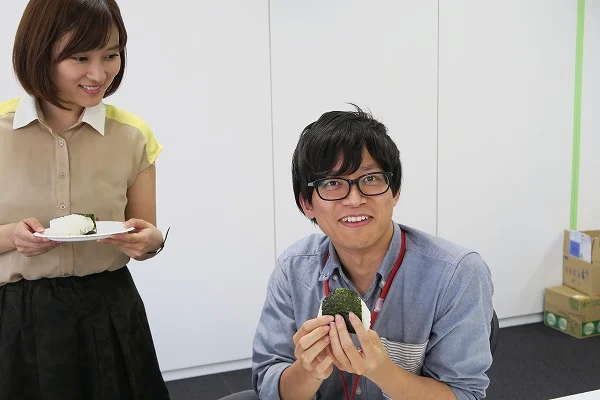In a surprising turn of events, rice balls that have been rolled under the armpits of “cute girls” have become a popular trend in Japan. This unusual practice, which has been circulating on social media since 2016, gained significant attention recently when an article by the South China Morning Post (SCMP) went viral with over 800 shares on Facebook within three hours.

Rice balls, known as onigiri, are a traditional Japanese food typically made by shaping rice into balls or triangles and wrapping them in dried seaweed called nori. However, this unique method of preparation goes against standard hygiene practices. The rice balls are shaped using the armpits of “cute girls,” giving them a distinctive feature – they are infused with the sweat of the girls.
Sweat flavour
A Japanese news site, Sirabee, attempted to answer a crucial question: Are these armpit-rolled rice balls tasty? A male reporter who tried one admitted that it was nice and even jokingly expressed his desire to place it on an altar. Despite the poor texture and difficulty in holding these rice balls, the taste was reportedly delicious due to the unique preparation method.
Unsurprisingly, this phenomenon has left many people, both internationally and in Japan, in a state of shock. Comments on Girls Channel, a Japanese forum, included “This is seriously disgusting” and “Is your head alright?” The trend has even inspired a niche of fan art on the popular Japanese art site ‘pixiv,’ with cute anime girls making rice balls under the hashtag #腋おにぎり.
The origin of this peculiar trend can be traced back to the manga ‘Magical Circle Guru Guru,’ where an old man helps the protagonists by quickly rolling rice balls with his armpit to earn some cash. The impactful scene from the manga led to a significant amount of fan art, which might have contributed to the popularization of this trend.
While this trend might seem unusual, it is a testament to Japan’s creativity and the unique cultural practices that emerge from it. However, it is essential to maintain proper hygiene practices, especially when it comes to food preparation, to ensure safety and well-
